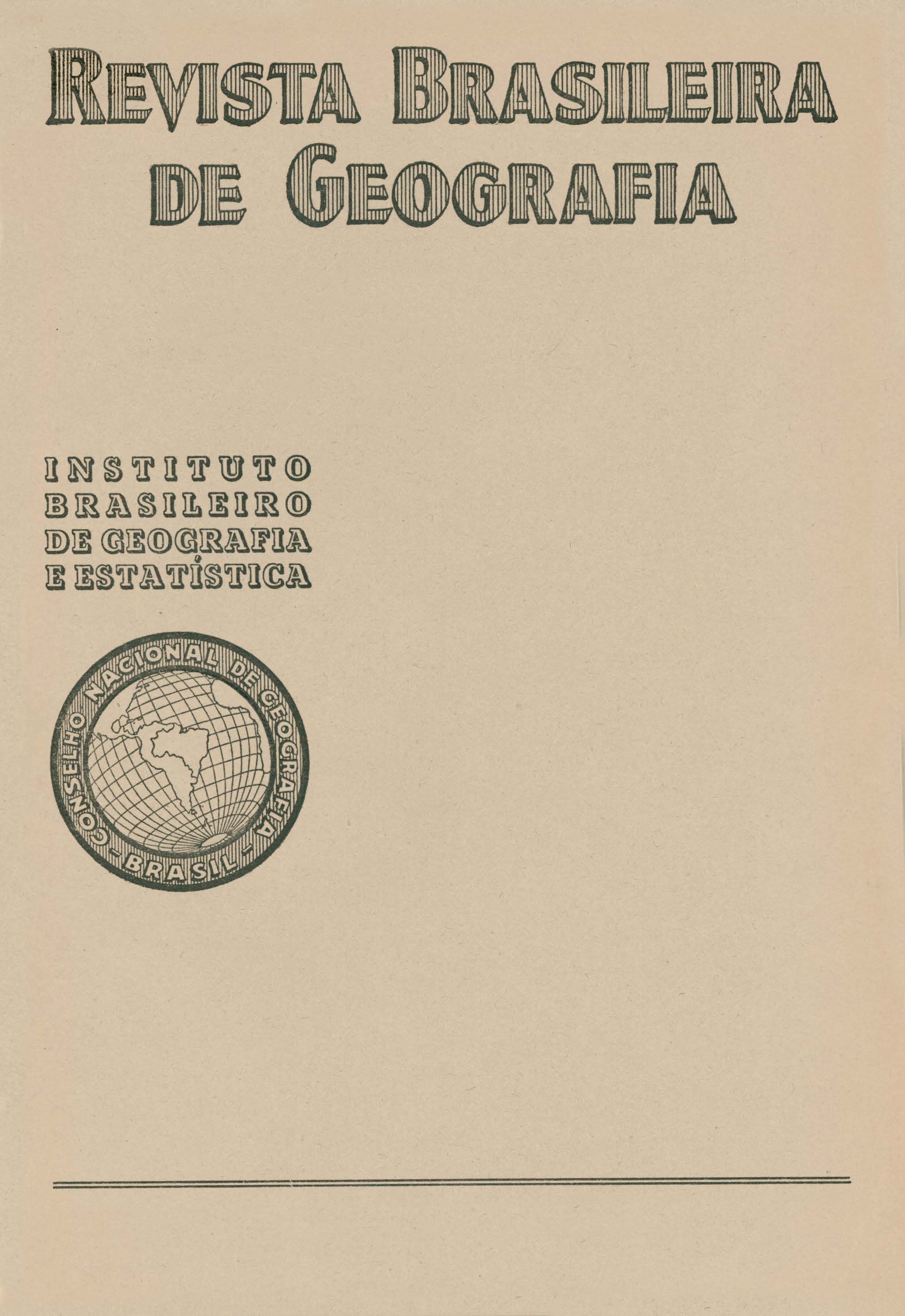Aspectos geográficos da imigração e colonização do Brasil
Palavras-chave:
Geografia da População;, Migração;, Colonização.Resumo
In this speech delivered before the General Assembly of the National Department, of Geography in July 1946, the author Artur Heih Neiva first of all, makes general statements about geography being a social science, a position which becomes clearer with its evolution. The geographical aspect then of any social problem is of fundamental importance. Having made that preliminary surmise, in which he justifies the scientific criterion which dominates his study, he begins to examine the hypotheses that have been advanced about the migration of people that could have originally populated the land of South America. By no means, may one scorn the influence of environment as a preponderant factor of those early migrations. The fact that the Portuguese were the first to 'land here, however, is also attached to a geographical fact - the location of Portugal in the Iberian Peninsula. Other circumstances of navigation and the discovering of Brazil were due partly to the climatic conditions and partly to the geographical knowledge of that time. The colonization along the coast, as well as the development of the first cultivations, was the result of bio-geographical circumstances. Continuing along those lines, the author analyzes other important episodes in Brazilian demography, such as the "bandeiras" (pioneers), searching for the direct or indirect effects on man of· his geographical surroundings.
Beginning with the migratory movement, strictly speaking, the rigorously geographical factors are superseded by economic factors, especially those related to the methods of transportation. Along with transportation, the other salient elements In connection with immigration by colonization that need to be taken into account, are: climate and soil. The density and distribution of Brazil's population, such as shown on demographic maps, reflect those developments and aforesaid tendencies. The author then looks directly at the present picture of Brazil's population, keeping in mind its expansion toward the hinterland. He explains that it is really a question of a dislocation of the economic front which will later create a dislocation of the political front. Finally, he sketches the plan that he believes best for carrying out this population according to the modern methods of colonization. He shows how this problem is unbreakable linked to immigration and offers various suggestions about the most advantageous immigration policy for Brazil.






